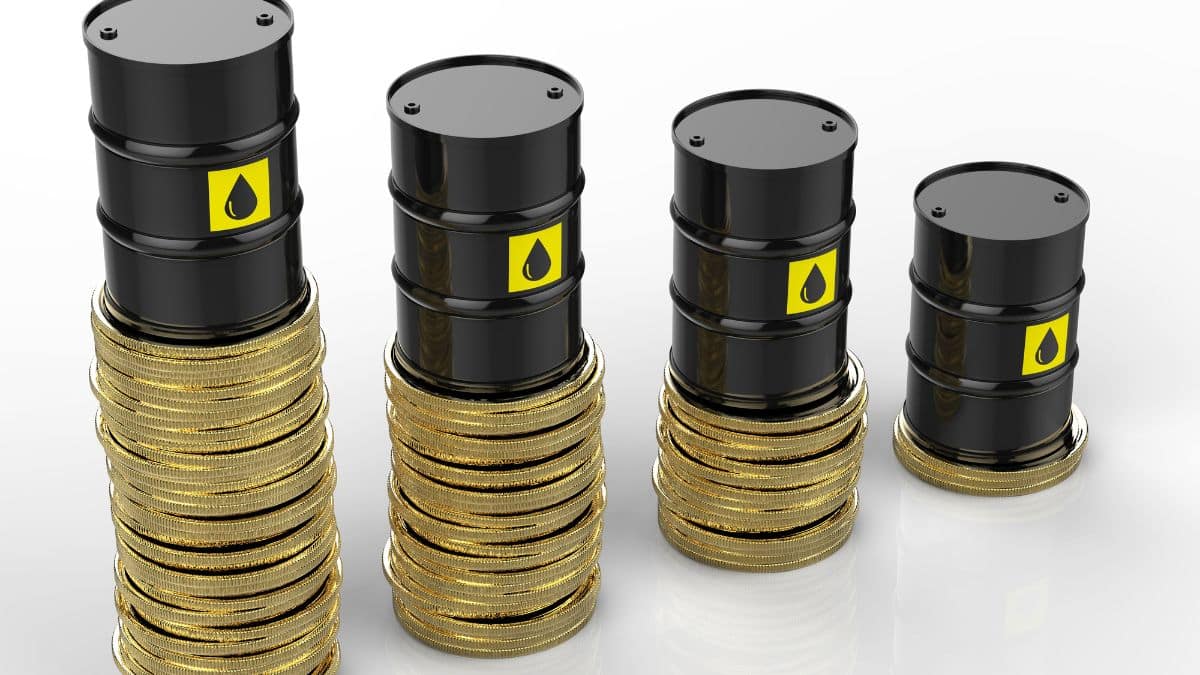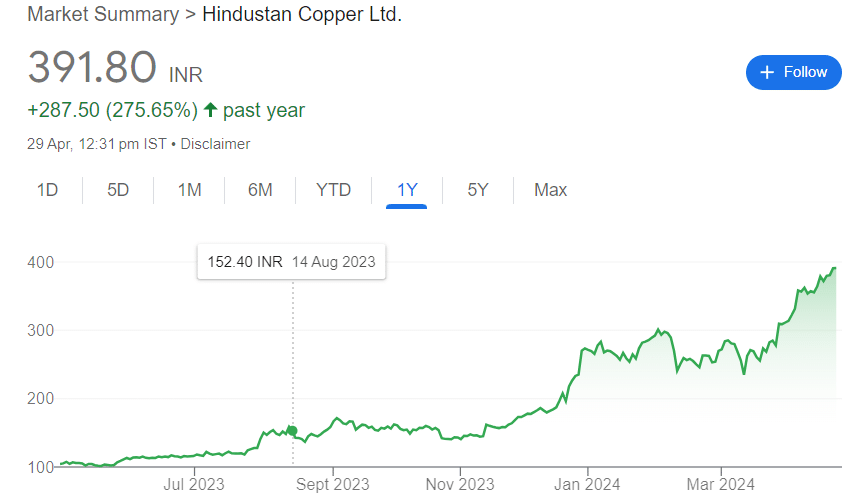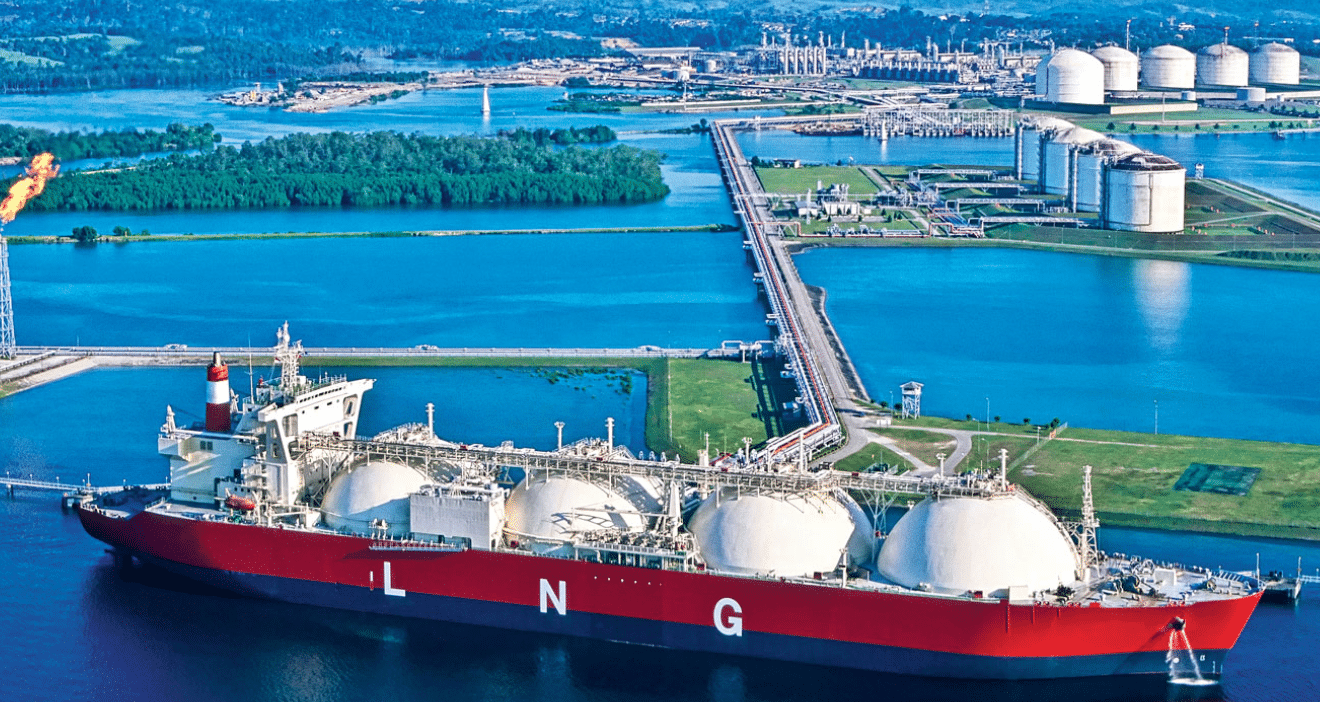European Gas Price: Explore the seven key factors driving the steep fall in LNG prices across Europe amidst the ongoing energy crisis.
also read: Self-Driving Car: How Driverless Robotaxis Cause Less Mayhem
Introduction: European Gas Price
European gas prices have experienced a significant downturn, dropping to levels last witnessed before Russia’s supply cuts in 2021. This plunge offers a glimmer of hope amid the prolonged energy crisis that has gripped the region for the past three years. Let’s delve into the seven key factors driving this remarkable decline in LNG prices across Europe:
- LNG Imports Surge: Strong imports of liquefied natural gas (LNG) have flooded European markets, bolstering supply and alleviating the pressure on gas prices. Countries like the US and the Middle East have ramped up LNG exports, providing a crucial alternative to traditional piped gas from Russia.
- Mild Weather: Warmer than usual weather conditions this winter have dampened demand for gas, allowing storage facilities across the EU to remain at historically high levels. Reduced heating needs have further eased the strain on gas reserves, contributing to the downward trajectory of prices.
- Demand Reduction Efforts: European nations have implemented concerted efforts to curb gas consumption in response to soaring prices in recent years. These demand reduction strategies, coupled with increased energy efficiency measures, have helped mitigate the impact of supply constraints on consumers.
- Shift Away from Russian Gas: The decline in Russian gas exports to Europe, stemming from geopolitical tensions and the completion of projects like Nord Stream 2, has reshaped the continent’s energy landscape. While Russia’s share of EU gas supplies has dwindled significantly, other sources, particularly LNG, have filled the void.
- Record-High Gas Storage: EU gas storage facilities are currently at over 64% capacity, marking a record high for this time of the year. Ample storage levels provide a buffer against supply disruptions and exert downward pressure on prices, bolstering market stability.
- Global LNG Dynamics: Europe’s reliance on seaborne LNG shipments introduces a new dimension of competition with Asian markets. While LNG suppliers vie for customers across regions, Europe’s position as a key destination underscores its vulnerability to global supply and demand dynamics.
- Future Uncertainties: Despite the current reprieve, uncertainties loom on the horizon. Factors such as the expiry of transit deals, like the impending conclusion of Russia’s Gazprom transit agreement through Ukraine in 2024, could reignite supply concerns and impact prices in the future.
Conclusion: European Gas Price
In conclusion, the steep fall in LNG prices in Europe reflects a confluence of factors, including robust imports, favorable weather conditions, and concerted demand reduction efforts. While the current situation offers a respite from the energy crisis, ongoing geopolitical developments and global market dynamics warrant vigilance to ensure energy security in the long term.
also read: European gas price falls to pre-energy crisis level











1 thought on “European Gas Price: 7 Reasons Behind the Steep Fall in LNG Prices in Europe”
Comments are closed.